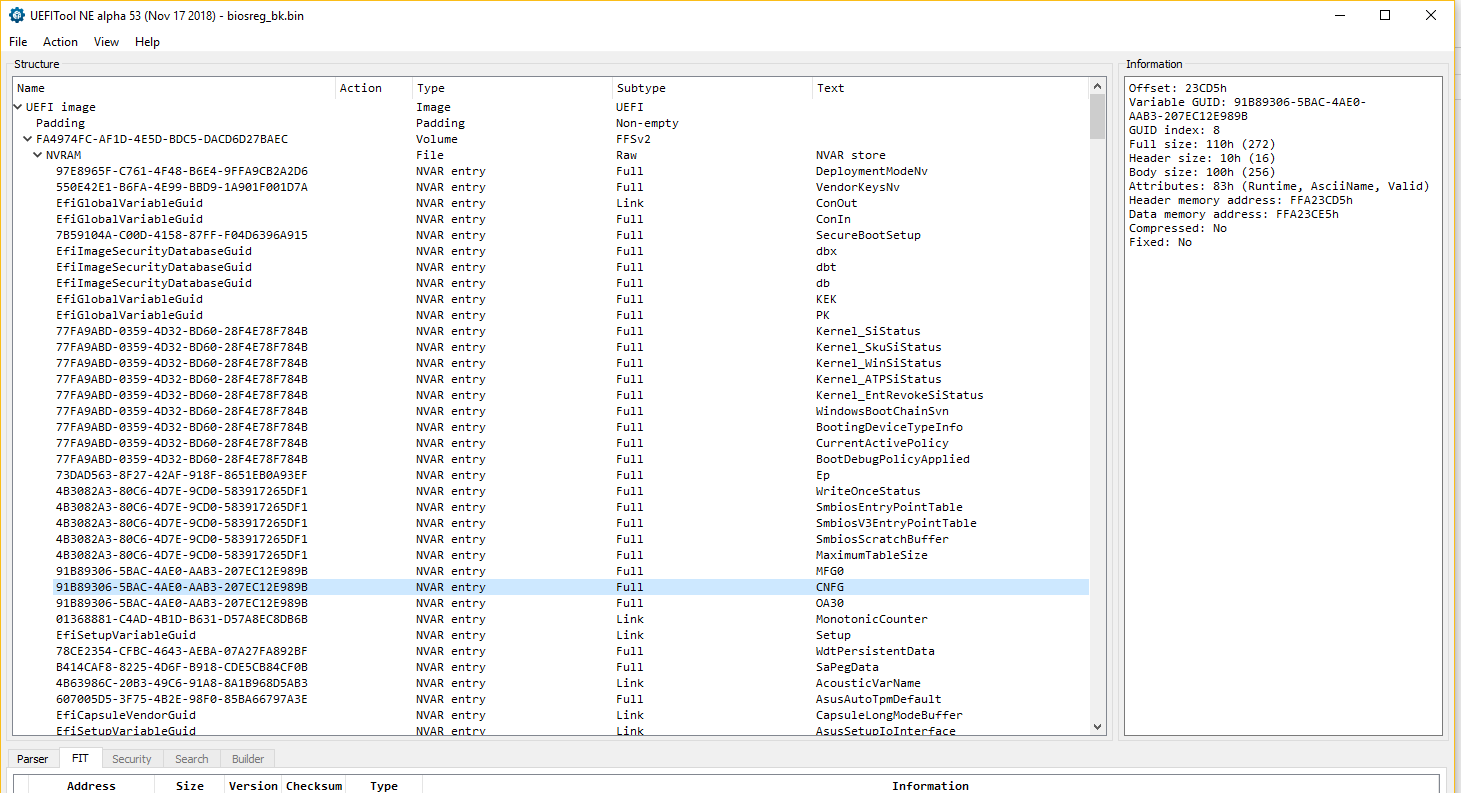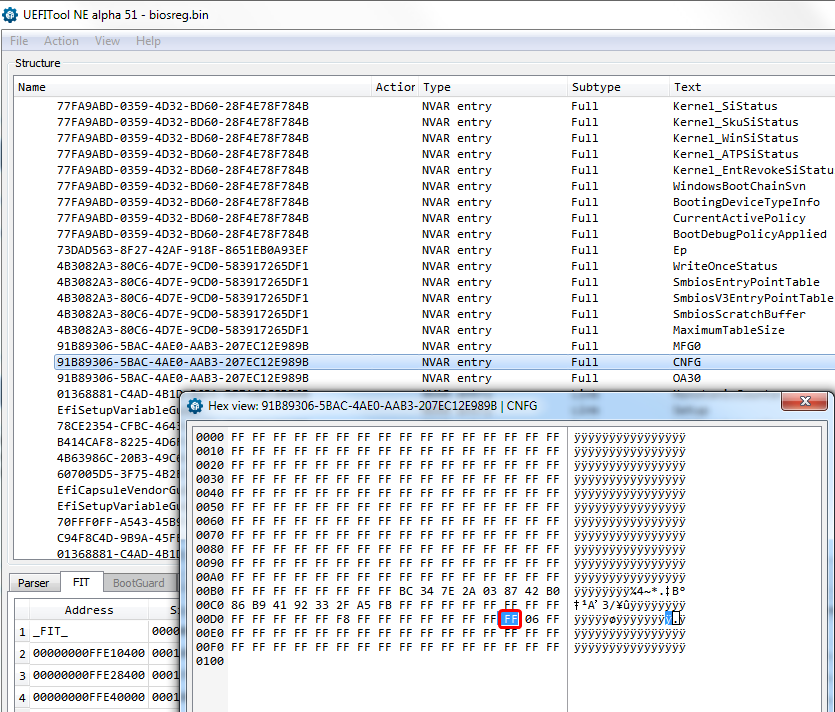@noreplyse - You’re welcome! And as mentioned, if you do end up finding anything you see in AMIBCP, that’s missing in the actual BIOS let me know.
You should be able to edit original post and mark as solved if you want. If you cannot, let me know and I will edit it for you
So if BIOS is not touched, and DSDT/SSDT done outside the BIOS, how does the backlight function outside of MAC, such as in BIOS, or in windows? Can it then be controlled via FN key normally, or not?
It would be interesting to see know what happens in windows, hopefully you have dual boot setup (I think you mentioned?) For windows, I would like to see it all tested stock, I mean without any of this DSDT/SSDT or ACPI stuff, since none of that needs edited to run a windows system.
Unlocked BIOS is fine, I just mean stock as is none of your bootloader for MAC fix stuff
Thanks for explanation on how/why do this for MAC. I’ve never used MAC like this, but I have tested a few installs on various boards and modified many BIOS to unlock CFG lock (MSR 0xE2)
And yes, this could have always been controlled via EC, and that may even be what BT writes to for some/all models? Hard to know without a working/non-working dump
#1 - yes, if it can be figured out, this would be way to fix, if it’s controlled there. And yes, you can back it up first, then test write any changes, recovery always possible with the programmer.
#2 - I’m not familiar with DSDT/SSDT tables, but I could look at this file and see if I can figure it out. And, maybe I could get someone else here to look too, I think I know a few that might be able to help.
#3 - Sounds good too, if it is easy to do and wouldn’t look bad inside there. I wrote it all out earlier but didn’t have a chance to reply, now it’s all Null, leaving in place for some unknown reason 
That’s great you found it and got it working from other working dump!  I knew once we had one we could confirm working we could solve this.
I knew once we had one we could confirm working we could solve this.
With the BT.exe tool, I originally saw some other value to fix this too, and then a few people corrected many users across various threads to say the correct value was 7C instead of whatever the other suggested fix was.
I do not remember what the other value was they were telling people it needed to be changed to 7C from in the original BT directions, but from what you found it sounds like it possibly varies from model to model.
@alerscone - GbE warning is normal and expected, especially if there is no GbE in this BIOS (Intel Gigabit) or whatever your source file is.
If there is GbE in the BIOS as a whole, it’s still normal to see that, if you are dumping, editing, and then reflashing the BIOS region only and not the entire BIOS.
FPTw.exe -bios -d biosreg.bin << This dumps the BIOS region only
FPTw.exe -bios -f modfilename.bin << This flash the BIOS region only
Since you have unlocked FD now, dump the entire BIOS via >> FPTw.exe -d bios.bin << Then you will find GbE region above ME region probably, if not then this board does not have GbE and the error can be ignored.
Reflash mod BIOS via >> FPTw.exe -f modbios.bin (Be sure to unlock FD in this BIOS as well or it will get locked again). For this, even with unlocked FD, I am not sure, but you may still need to unlock “BIOS Lock” to flash. If you do, you’ll get error 368 in FPT and here’s my guide to fix that
Do not use the unlocked BIOS above, you will loose your serial, UUID, etc. That is for noreplyse only, if you want unlocked BIOS send me your BIOS region dump from FPT, or entire BIOS dumped via programmer or FPT.



 Which BIOS here do you want me to use? I didn’t look back, and probably already have your backup, just unsure which one to use, but it needs to be a FPT BIOS Region backup.
Which BIOS here do you want me to use? I didn’t look back, and probably already have your backup, just unsure which one to use, but it needs to be a FPT BIOS Region backup.

